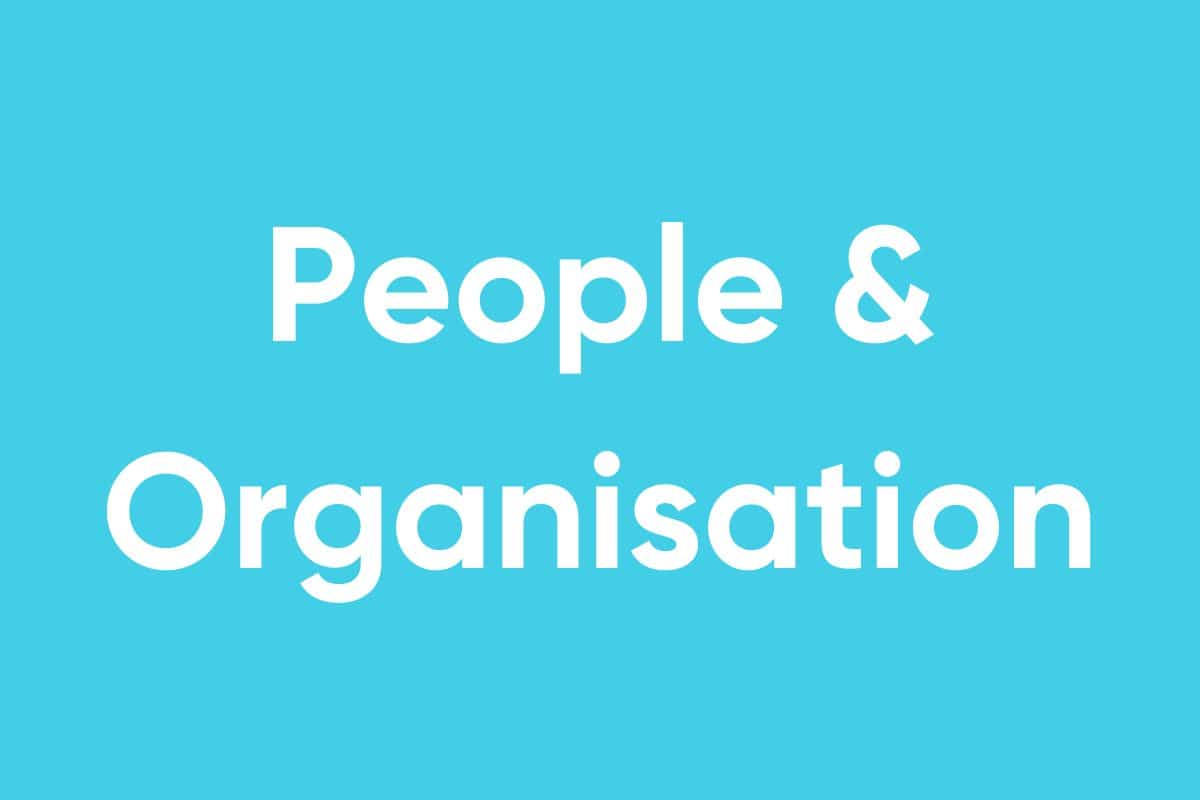With the growth of a company, the role of the Chief Executive Officer (CEO) also evolves. Initially, they often handle various aspects themselves, including accounting, sales, and organizational development – everything crosses their desk. As the company expands, the CEO must increasingly delegate tasks. However, effectively handing over responsibility is a challenge for many executives.
At what point should entrepreneurs delegate?
Delegation is a fundamental skill of successful entrepreneurs. It grants them the time to focus on the strategic advancement of the organization and business model, rather than becoming entangled in day-to-day tasks. Delegating begins with the first employee. However, the manner and content of delegation ideally evolve with the organization’s developmental stages.
Initially, it’s advisable to group recurring tasks and hire qualified employees who can handle them more efficiently and swiftly. Gradually, teams are built for all company functions such as sales, HR, marketing, and product development. All these teams pursue goals derived from the company’s overarching objectives. The methods they employ to achieve these goals and how they organize themselves are the responsibility of leaders who report to the CEO.
Core elements of successful delegation
“I’ll need to readjust the outcome anyway, so I might as well do it myself.” That’s just one reason why CEOs avoid delegating tasks. Another: “If I do it right away, it’ll be done the fastest.” On closer examination, both are excuses stemming from a common root: lack of trust.
When a CEO lacks confidence in the competence of their employees and delegates too little, they hinder the company’s success. Employees are more motivated when they sense that their CEO believes in their ability to handle challenging tasks. Only then do they expand their skills and become more effective in relieving their leaders. At the same time, it’s the responsibility of the one delegating to assess which employees can handle the task or to empower them through training to successfully complete the tasks.
Granting employees autonomy is initially perceived as a risk by many CEOs. What if decisions aren’t made in alignment with their intentions? However, when company values are clear to every employee and specific measurable goals are agreed upon, a secure framework for delegation is established. Employees can make decisions more swiftly, and leaders can delegate responsibilities with confidence.
However, completely forgoing performance control is imprudent, as it often has a demotivating effect. When nobody seems to care about the work outcomes, employees tend to lower their efforts. Feedback is also necessary for employees to progress professionally and personally. Moreover, it’s essential to communicate clear content-based boundaries and time requirements beforehand.
Which tasks remain a matter for the boss?
Some business guides advise CEOs to delegate unimportant tasks and focus on important strategic decisions. While this formula might hold true on an abstract level, it offers little guidance for the everyday operations of a company.
It seems more effective to work with the following guiding questions:
- What can only I do?
- What can I do better together with others?
- What can others do better?
It’s clear that some tasks cannot be delegated by a CEO – either because they are too crucial for the company’s development or because they don’t fall within the scope of specific departments. As the company grows, the CEO has to handle more of these tasks.
A critical point is reached when the CEO struggles to prioritize the numerous to-dos effectively. This often occurs sooner rather than later, especially in rapidly growing companies. The result is that the CEO makes poorer decisions, and the effectiveness of their leadership diminishes.
Delegate 2.0: The CEO Office
To remain effective as a CEO despite increasing complexity, many startups are establishing CEO Offices. A small team of employees assists the CEO in prioritizing the right decisions, maintains communication with the organization and stakeholders, and serves as an early warning system for emerging challenges.
The CEO Office doesn’t take decisions away from the CEO, but it aids in assessing the significance of issues, preparing decisions, and making them based on the best possible information. The staff members of the CEO Office also serve as sparring partners for the CEO: they bring in new perspectives, illuminate blind spots in decision-making, and are valued for their independent thinking. To ensure effective implementation of decisions and their integration into company functions, the CEO Office establishes relevant processes and routines.
For employees, the establishment of a CEO Office can signal that their concerns won’t be overlooked. With staff support, the CEO can address and respond to all significant issues despite the strategic challenges.
The composition of the CEO Office
In the German-speaking region, the CEO Office is still a relatively uncommon concept. Consequently, there are few established best practices for its organization. How many employees a CEO Office should have cannot be answered in a blanket manner. The decision depends on the company’s size and complexity.
Possible roles that lend themselves to supporting the CEO:
- Chief of Staff: This individual serves as a link to all external and internal stakeholders. The Chief of Staff takes on both strategic and operational tasks.
- Executive Assistant: This person is a close confidant of the CEO. The Executive Assistant aids in task prioritization and coordination, acts as a point of contact for employees, and manages various day-to-day to-dos.
- Senior Business Operations: This individual aids the CEO in advancing the company both strategically and operationally. This could involve tasks such as preparing for financing rounds, evaluating M&A opportunities, and partnerships.
- Senior Communications: This individual oversees internal and external communications that impact the CEO or the entire company. They develop key components of corporate storytelling, such as the company’s vision and values, and manage communication during times of crisis and change.
Regardless of how the personnel organization is structured, ideally, the CEO Office coordinates four areas: strategic control systems, leadership processes, issue and crisis management. The respective staff members in the CEO Office closely collaborate with the leaders of these areas. For instance, the Chief of Staff interacts with the Head of HR, and the Senior Business Operations collaborates with the Chief of Finances.
The CEO Office isn’t a universal shield against mismanagement and disorganization, but it is a way to relieve the CEO, enabling them to leverage their leadership and decision-making strengths.












